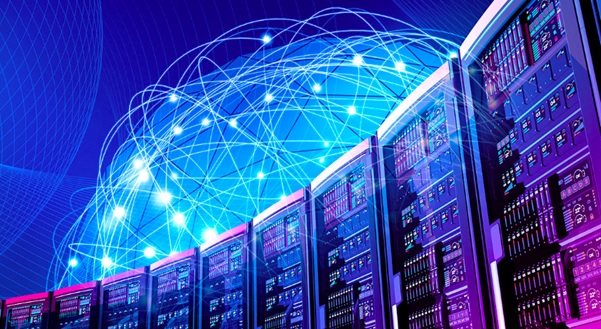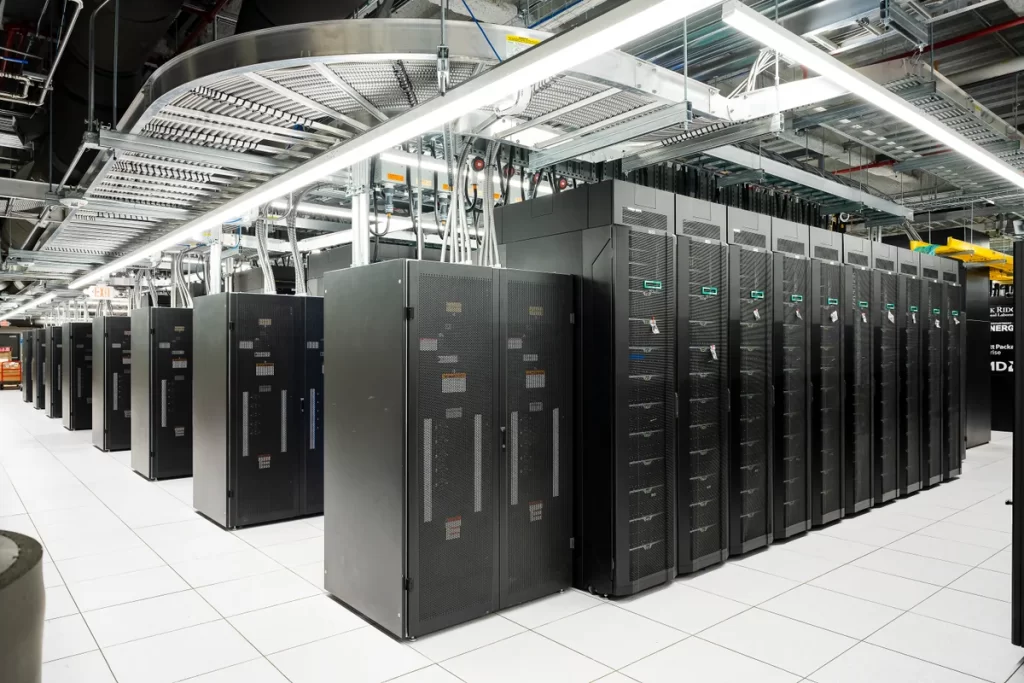
In today’s fast-paced digital landscape, businesses are constantly seeking ways to stay ahead of the curve. With the rapid advancements in technology, high computing performance solutions have become essential for powering next-generation applications and services. From AI-driven algorithms to real-time analytics, the demand for computing power has never been greater. In this article, we’ll delve into the world of high-performance computing (HPC) solutions and explore how they are shaping the future of technology.
Understanding High Computing Performance
High computing performance refers to the ability of a system to process a large amount of data or execute complex computations at an accelerated pace. This is achieved through the use of specialized hardware, parallel processing techniques, and optimized algorithms. High-performance computing solutions are designed to tackle computationally intensive tasks that traditional systems struggle to handle efficiently.
The Importance of High Performance Computing
In today’s data-driven world, high computing performance is indispensable for a wide range of applications across various industries. Whether it’s simulating weather patterns, conducting molecular modeling, or analyzing financial markets, HPC enables organizations to gain valuable insights and make informed decisions faster than ever before. With the exponential growth of data and the emergence of new technologies such as artificial intelligence and machine learning, the demand for high-performance computing solutions is only expected to rise.
Applications of High Performance Computing
Scientific Research
High-performance computing plays a crucial role in advancing scientific research across disciplines such as physics, chemistry, biology, and astronomy. From simulating the behavior of subatomic particles to modeling climate change, HPC enables scientists to explore complex phenomena and push the boundaries of knowledge.
Financial Services
In the highly competitive world of finance, high computing performance is essential for processing vast amounts of data and executing trades with minimal latency. HPC solutions are used for algorithmic trading, risk analysis, fraud detection, and portfolio optimization, giving financial institutions a competitive edge in the market.
Healthcare
In healthcare, high-performance computing is revolutionizing patient care and medical research. From analyzing genomic data to simulating drug interactions, HPC accelerates the pace of medical discovery and enables personalized treatment options for patients.
Choosing the Right HPC Solution

When it comes to selecting high computing performance solutions, organizations must consider their specific requirements and workload demands. Factors such as processing power, memory capacity, storage scalability, and energy efficiency should be taken into account to ensure optimal performance and cost-effectiveness.
Future Trends in High Performance Computing
As technology continues to evolve, the future of high computing performance looks promising. Emerging trends such as quantum computing, neuromorphic computing, and edge computing are poised to redefine the boundaries of what’s possible. With breakthroughs in hardware architecture, software optimization, and algorithm design, the next generation of HPC solutions will unlock new opportunities for innovation across industries.
High computing performance solutions are the driving force behind the next generation of technology. From accelerating scientific discoveries to powering real-time applications, HPC enables organizations to harness the full potential of data and unleash innovation at scale. By investing in high computing performance solutions, businesses can stay ahead of the competition and navigate the complexities of the digital age with confidence.
How to Achieve Sky-High Computing Performance in Seconds
In today’s fast-paced digital world, computing performance plays a crucial role in various industries and applications. Whether you’re running complex simulations, analyzing big data, or rendering high-resolution graphics, achieving sky-high computing performance in seconds can significantly impact productivity and efficiency. In this comprehensive guide, we’ll explore the strategies and techniques to maximize computing performance and accomplish tasks with lightning speed.

Introduction
In an era where time is of the essence, the ability to achieve exceptional computing performance in mere seconds can be a game-changer. Whether you’re a researcher crunching numbers, a developer compiling code, or a designer rendering graphics, the quest for speed and efficiency is constant. This article delves into the intricacies of optimizing computing performance to reach unprecedented levels of speed and responsiveness.
Understanding Computing Performance
Before diving into optimization strategies, it’s essential to grasp the concept of computing performance and its significance. Computing performance refers to the speed and efficiency with which a system executes tasks and processes data. It encompasses various factors, including hardware specifications, software optimization, and parallel processing capabilities.
Setting Performance Goals
To embark on the journey towards sky-high computing performance, it’s crucial to set clear performance goals. By defining specific requirements and objectives for computing tasks, you can tailor optimization efforts to meet your needs effectively. However, it’s essential to strike a balance between speed, cost, and efficiency, considering the trade-offs involved.
Selecting the Right Hardware
One of the foundational pillars of achieving optimal computing performance is selecting the right hardware infrastructure. Different types of hardware, such as CPUs, GPUs, FPGAs, and ASICs, offer unique capabilities suited to specific tasks. Assessing hardware specifications and capabilities is essential to ensure compatibility and maximize performance potential.
Optimizing Software
In addition to hardware considerations, software optimization plays a pivotal role in maximizing computing performance. By employing efficient algorithms, data structures, and parallel processing techniques, you can significantly enhance software performance. Leveraging compiler optimizations and code profiling tools further fine-tunes software for optimal speed and responsiveness.
Harnessing Parallel Processing
Parallel processing is a cornerstone of modern computing, enabling systems to execute multiple tasks simultaneously for increased throughput and efficiency. Understanding parallel computing architectures, such as multi-core processors, distributed systems, and GPU acceleration, empowers you to harness the full potential of parallelism for sky-high performance.
Utilizing Cloud Computing Services
Cloud computing offers a scalable and cost-effective solution for achieving high-performance computing capabilities. By leveraging cloud-based resources and services, you can dynamically scale computing power to match workload demands. Choosing the right cloud service provider and optimizing deployments are key considerations for maximizing performance in the cloud.
Implementing Caching Strategies
Caching plays a crucial role in reducing latency and improving responsiveness in computing systems. By implementing caching strategies at various levels, including memory, disk, and application-level caching, you can accelerate data access and processing. Effective caching techniques contribute to significant performance gains, particularly for repetitive tasks.
Fine-Tuning System Configuration
Fine-tuning system configuration parameters is essential for optimizing performance and eliminating bottlenecks. By adjusting operating system settings and system parameters to align with workload requirements, you can enhance system responsiveness and throughput. Continuous monitoring and optimization are critical for maintaining peak performance levels.
Benchmarking and Performance Testing
Benchmarking is a fundamental tool for evaluating and comparing computing performance across different systems and configurations. By selecting appropriate benchmarks and conducting rigorous performance tests, you can identify areas for improvement and measure the effectiveness of optimization efforts. Iterative optimization based on benchmarking feedback drives continuous performance improvement.
Continuous Improvement Strategies
Achieving sky-high computing performance is an ongoing journey that requires commitment to continuous improvement. By establishing feedback loops, staying updated with the latest advancements, and actively engaging in knowledge sharing, you can drive innovation and push the boundaries of performance excellence.
Case Studies and Success Stories
Real-world examples and success stories provide valuable insights into effective performance optimization strategies. By examining case studies of organizations achieving remarkable performance milestones, you can glean actionable lessons and best practices. Learning from the successes and challenges of others informs your approach to optimizing computing performance.
The quest for sky-high computing performance in seconds is both a challenge and an opportunity. By understanding the intricacies of computing performance, setting clear goals, and implementing effective optimization strategies, you can unlock unprecedented levels of speed and efficiency. Embracing continuous improvement and learning from industry trends and innovations are essential for staying ahead in today’s fast-paced digital landscape.


